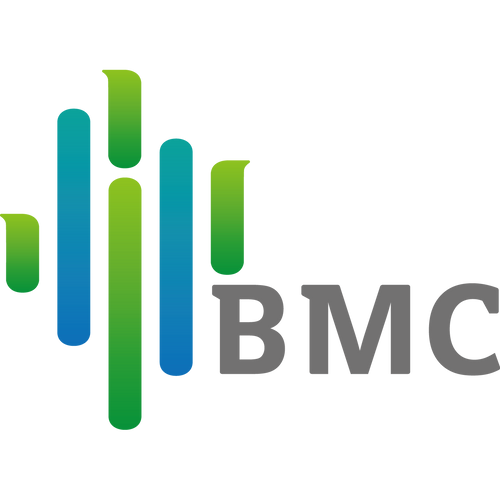While breathing in and out effortlessly seems normal, some people struggle to breathe. Respiratory disease is a common disease that affects millions of people. Thanks to technology, such people can breathe well with the help of machines like BIPAP and Ventilators. It's essential for medics to know the most effective machines to have in their health facilities to help people facing difficulty breathing or shortness of breath. Before you think of buying any of these machines, read on to learn their differences.
Working
A ventilator transports oxygen to the lungs by using two breathing tubes. One tube is connected to the ventilator, while the other is to the patient's windpipe. Being a life support machine, it has to be connected throughout as long as the patient's condition hasn't improved. BiPAP is a non-invasive machine and uses two-way pressure settings: higher pressure and lower pressure. Higher pressure is released during inhalation, while lower pressure during exhalation. This pressure helps control a person's breathing and reminds the body when it's time to breathe.
Functionality
A ventilator is a life support machine used on patients who are unable to breathe on their own or who can't breathe adequately. It is a common machine used on ICU patients and people with acute or chronic respiratory problems. They help patients to have a good supply of oxygen to the brain, lungs, kidneys, and heart. On the other hand, BiPAP (Bilevel positive airway pressure) is used to treat people with problem breathing when asleep (Sleep Apnea). A condition that makes people snore due to abnormal breathing where breathing starts and stops severally. BiPAP helps the airways to open well, leading to proper breathing. It can also be used to treat heart, lungs, and neurological conditions. Patients are placed on ventilators for 24 hours to prolong their life and help others recover from acute respiratory diseases, and a patient can stay here for several days. A ventilator can also be used for a short term when the patient is seriously sick. BiPAP is used only for short periods, mostly at night. It must be for a short period when it's used on other treatments other than sleep apnea. Patients should be placed on BiPAP for not more than two days and shouldn't be used continuously.
Complications
Using a ventilator for a long time has serious complications such as pulmonary edema. Ventilator associated pneumonia (VAP), sepsis, and acute respiratory distress syndrome (ARDS). Complications associated with the use of BiPAP are minor and include minor tissue injury and irritation from a face mask. But if used for longer than the expected time can lead to pressure necrosis of the skin as well as nutritional issues.
Conclusion
Both Ventilators and BiPAPs can save one's life. They both help people with breathing complications under different conditions; therefore, they are both vital in a health facility. When using any of these machines, it's crucial to follow the rules and regulations under which they should be used to avoid causing more problems to the patient.


